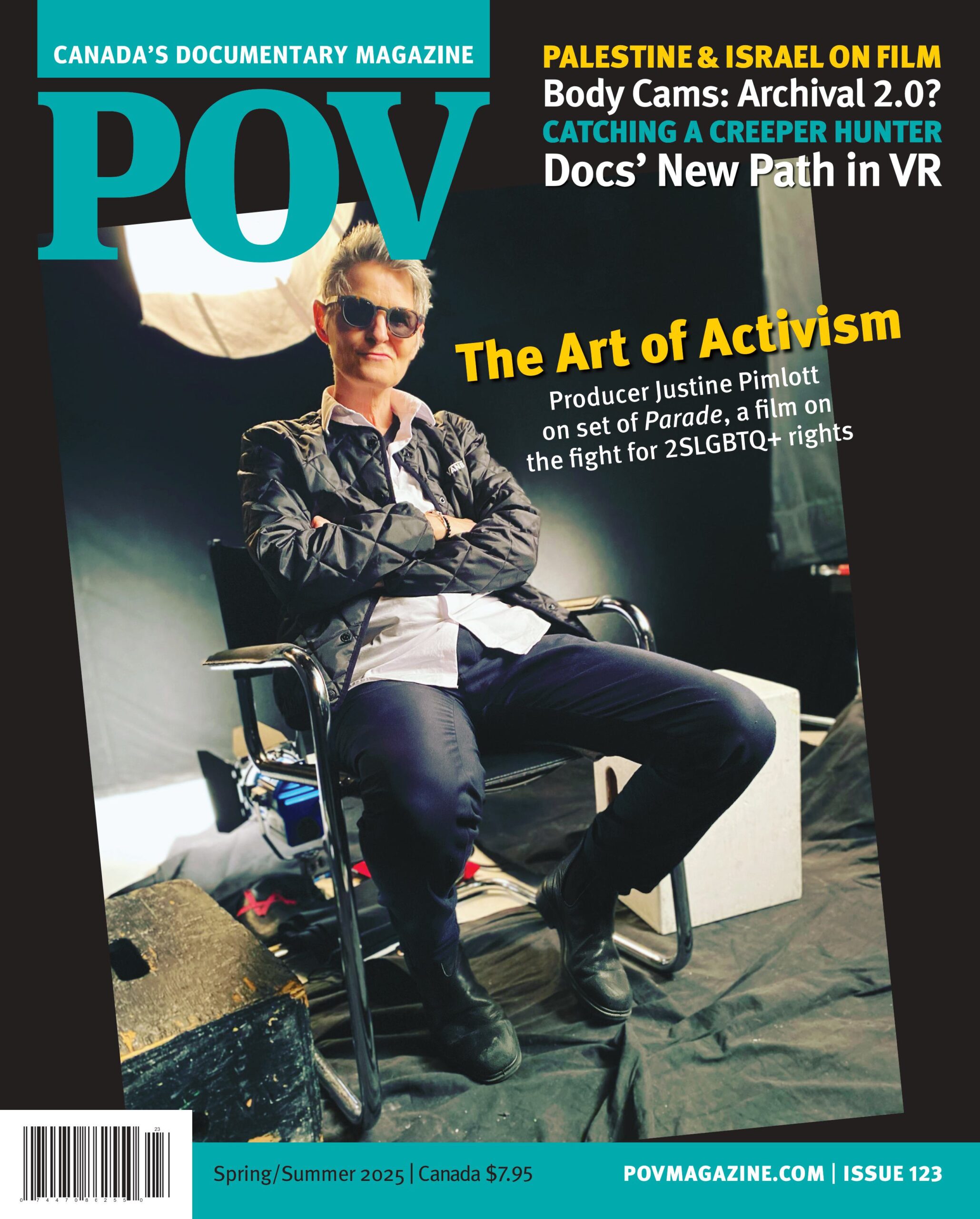
Introduction
Adam Curtis, a renowned British documentary filmmaker, has made a significant impact on the landscape of documentary filmmaking. His distinctive storytelling style, characterised by the use of archival footage, narratorial commentary, and critical insight into social and political issues, sets him apart from his contemporaries. In a time when media influences public perception more than ever, understanding Curtis’s work provides valuable insights into the complexities of modern society.
Defining Characteristics of Curtis’s Work
Curtis’s documentaries often delve into the interplay between politics, psychology, and history. His pioneering works, such as “The Century of the Self” (2002) and “HyperNormalisation” (2016), examine how societal control and ideological manipulation shape human behaviour and beliefs. Curtis’s film-making style combines a vast array of archival material with a narrative that encourages viewers to question established norms and truth.
Recent Projects and Themes
In recent years, Curtis has continued to challenge viewers with his explorations of contemporary societal issues. His latest work, “Can’t Get You Out of My Head” (2021), explores how people’s views are shaped and the dislocation of the modern individual in society. As social media has grown in prominence, Curtis’s reflections on the new forms of control and influence have become increasingly relevant. He questions the effectiveness of modern democracy and explores the rise of populism, resonating with global audiences amid conflicting political landscapes.
The Reception and Critique of Curtis’s Work
While Adam Curtis’s documentaries are celebrated for their artistic approach and profound observations, they have also faced criticism. Some media scholars argue that his style can be overly deterministic, suggesting that individuals have little agency in a world shaped by powerful forces. Nonetheless, Curtis’s fans argue that he prompts valuable discussions about the motivations behind societal trends and the narratives constructed by those in power.
Conclusion
Adam Curtis’s work remains influential in a world increasingly shaped by media. His documentaries encourage viewers to critically engage with the information presented to them and challenge prevailing narratives. As he continues to explore the complexities of contemporary society, Curtis’s contributions to the field of documentary filmmaking are not only significant but also essential for understanding the world in which we live. As new challenges emerge, his insights will likely continue to resonate and spark conversation.
You may also like

Exploring the Life and Works of Mira Nair

Understanding the Ending of A House of Dynamite
